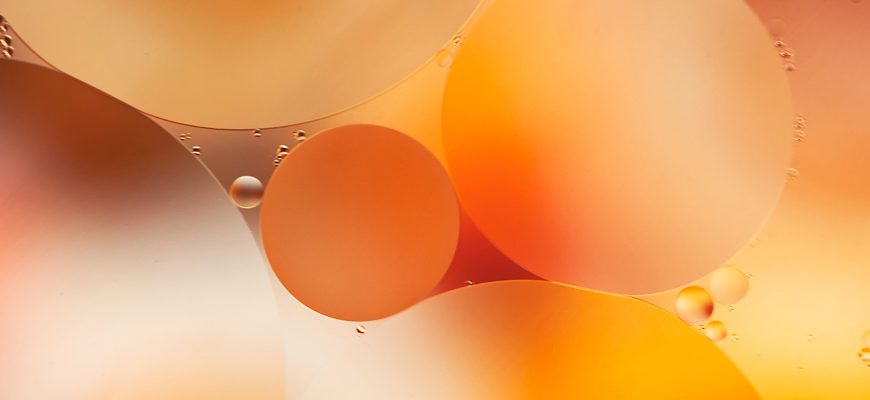We’ve all grown up with the idea that orange juice isn’t just a delicious drink for its taste but also good for our health. And that this nice glass of orange juice should be drunk quickly, fast,fast!
Over time, and especially when I was studying pharmacy, I realized that, as always, Mom was right, but for reasons I didn’t understand before. Vitamin C loses its powerful strength when it comes into contact with oxygen. What we technicians call oxidation, which transforms it and weakens it.
In cosmetics, this ingredient began being used more than 40 years ago, but only today does technology allow us to have stable forms of Vitamin C that maintain their antioxidant power over time. Naturally, you might wonder: What are these more stable forms of Vitamin C that can interact with our skin to protect it from environmental exposure?
There are dozens of Vitamin C-based products, and it’s quite difficult to navigate through them. Let me explain how this molecule’s “outfit” changes in its different chemical forms.
Ascorbic Acid: If you come across these two words, you’re looking at the most common form of Vitamin C, the one found in orange juice and many cosmetics, for example. It’s also the least stable form, so the formula containing it must be well-protected, and the product should be used quickly after opening. Want me to share a secret? It’s often used as a preservative in food.
Ascorbyl Palmitate and its Derivatives: These are the more “noble” cousins of Ascorbic Acid. Without asking you to recall high school chemistry lessons, let me tell you they are liposoluble derivatives—meaning they dissolve well in oils and waxes due to their “esterification” with palmitic acid. To put it simply, esterification refers to the bond or “friendship” between two molecules that “hold hands” to maintain their form in different environments.
3-O-Ethyl Ascorbic Acid: This is a piece of chemical engineering that protects ascorbic acid with three “bodyguards”: the three ethyl groups that escort it all the way to the epidermis, where they release it safely and actively. Thanks to this feature, 3-O-Ethyl Ascorbic Acid takes first place among the most active forms of Vitamin C, perfect for cosmeceutical formulations.
MyCli has chosen this last form of Vitamin C because it ensures not only stable and active formulas from the moment we open the package until the last drop is used, but also greater performance on all levels of action.
And here, we must congratulate this ingredient for its ability to reduce oxidative stress in skin cells, protecting them and stimulating the synthesis of new collagen, making the skin immediately clearer, brighter, and more even.
In the Vitaboost product line, you’ll find the best combinations of ingredients that, together with our super-protected Vitamin C, make a beauty routine a true anti-aging protocol.
My favorite? Vitaboost Serum, always present in my summer beauty routine!
Dr. Claudia Simonetto
Pharmacist and Consultant specializing in cosmetic products



